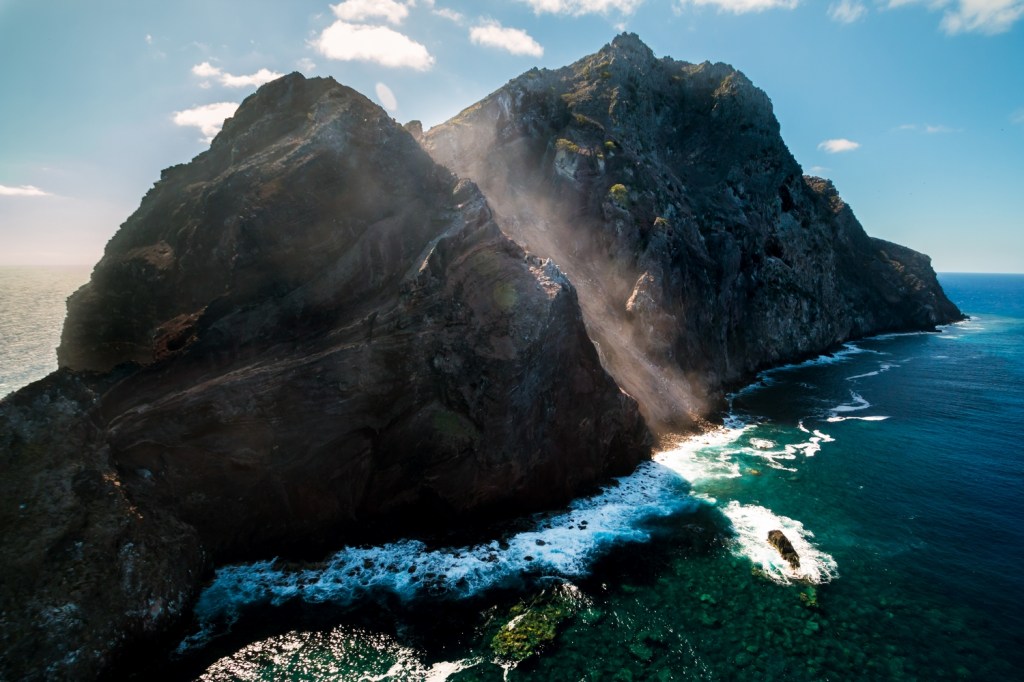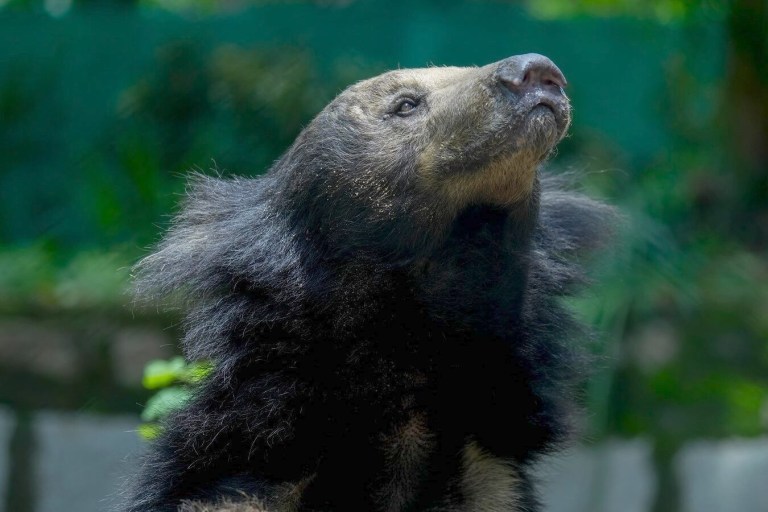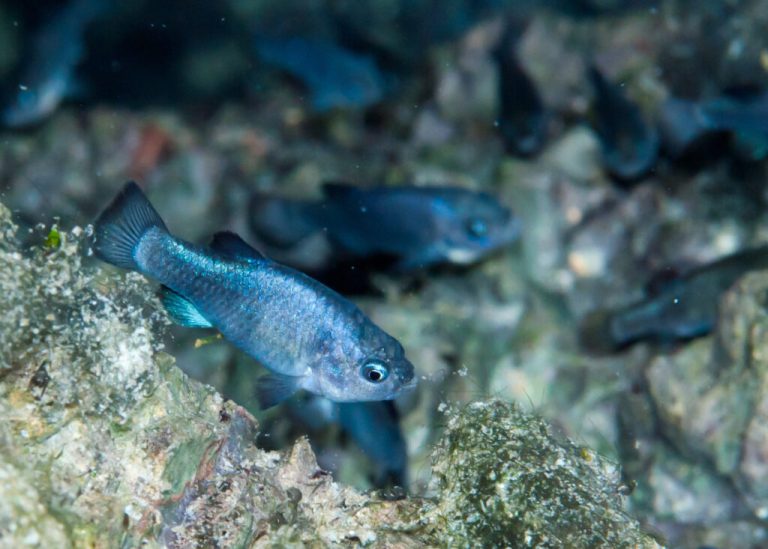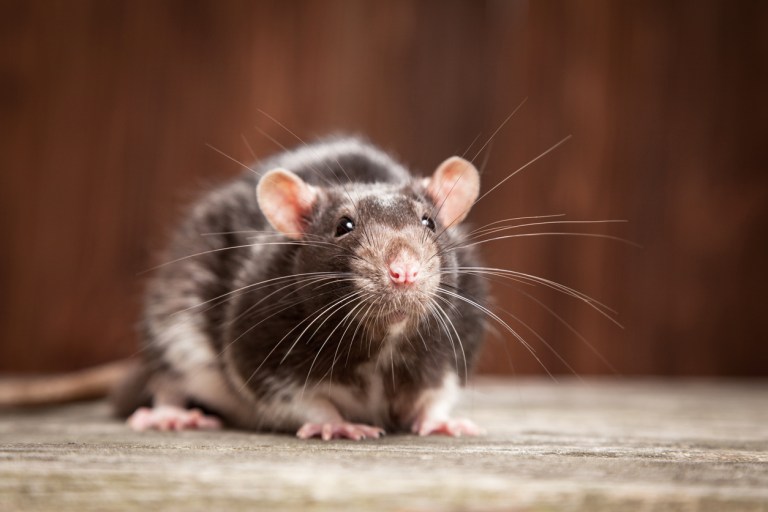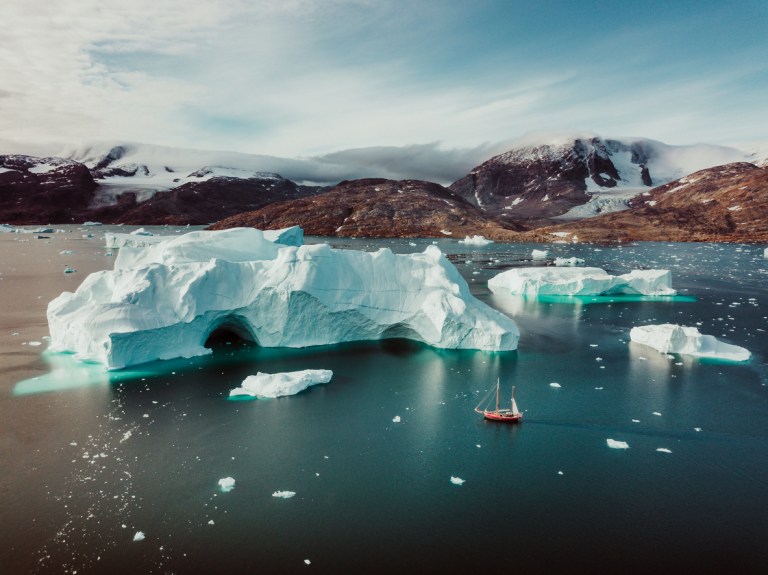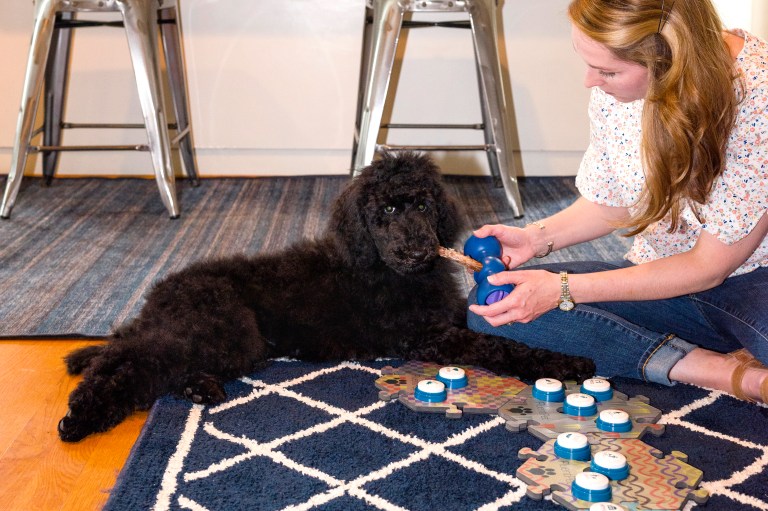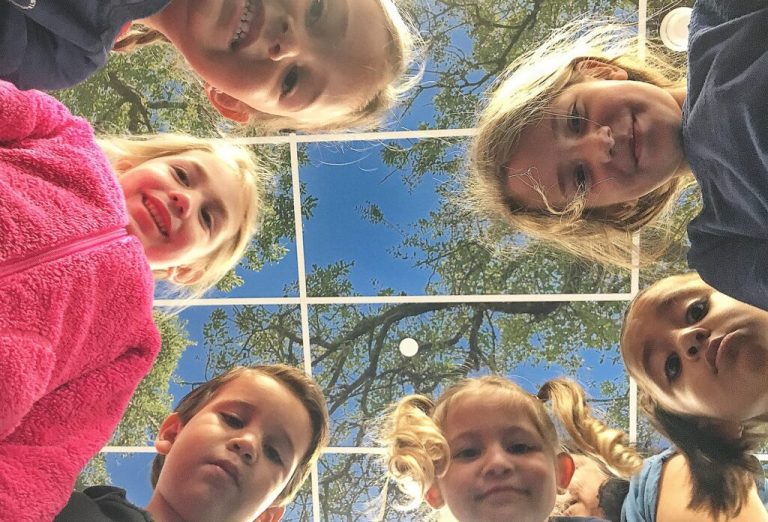This spring, Nice News is partnering with Re:wild for our Cause of the Season — a quarterly fundraising initiative spotlighting nonprofits doing essential work to make the world a better place. Click here to donate to the organization, and read on for our interview with Re:wild’s Caribbean program officer, Justin Springer.
The hundreds of islands that make up the Caribbean are home to over 12,000 marine species, 13,000 plant species, and 10% of the world’s coral reefs — and that doesn’t even include all of the region’s mammals, birds, and reptiles.
“The Caribbean is a beautiful place,” Barbados-based ecologist Justin Springer told Nice News. “We know it by the white sandy beaches, and you see people sipping cocktails or rum punches on the beach and all of that. But it’s also a very important biodiversity hot spot, and what that means is, essentially, it’s an area that has a mix or a lot of biodiversity in it that can be found nowhere else in the world. So birds, reptiles, fish, mammals — it has a lot of different species that are only found right here in the region.”
Indeed, it’s one of the most biodiverse ecosystems in the world, but it also unfortunately has the highest extinction rate in the world — something Springer is working to combat via his role as the Caribbean program officer for Re:wild, a nonprofit on a mission to protect and restore the wild.
The organization has over 500 partners in 80 countries, and its work in the Caribbean is a microcosm of sorts for Re:wild’s overall operations. Springer noted invasive species, human development, and climate change as just a few of the challenges facing his area.

It’s a story that goes all the way back to the era of European colonization, when explorers from the continent happened upon many Caribbean islands for the first time. They introduced invasive species like rats and mongooses that disrupted the balance of the ecosystems and destroyed habitats in the name of cash crops like sugarcane. Fast forward to today, there are the added threats of developers damaging coastal habitats to make room for hotels and climate change causing increasingly erratic and extreme weather patterns.
Those are some major obstacles — but Re:wild is up to the challenge. One of the initiatives Springer is currently working on is the Call to Action Project, funded by the Critical Ecosystem Partnership Fund. The project is bringing people from five different islands together to help save nine priority species through conservation action plans, invasive species management training, and networking.
“As a region we have similar problems, but more often than not, people are working in silos,” Springer explained. “They’re isolated, they have challenges, but they don’t know who to call on. … But we do know there’s a lot of expertise and knowledge in the region, so we’re creating networks where people can learn from each other.”
This kind of on-the-ground work can make an exceptional difference — just look at the Sombrero ground lizard, an endangered species endemic to the island of Sombrero that nearly went extinct before conservationists stepped in. Thanks to the work of experts from the Anguilla National Trust, Fauna & Flora, and Re:wild, the lizard population went from fewer than 100 individuals in 2018 to more than 1,600 today, per a survey released in December.
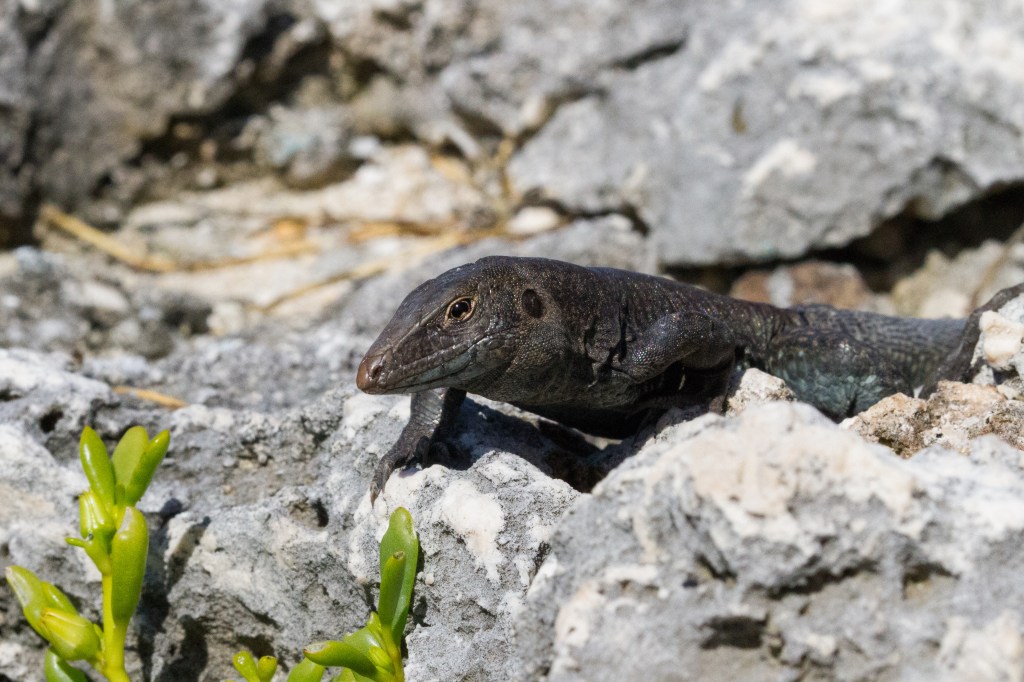
Then there’s Redonda island, about 150 miles southeast from Sombrero. After being mined for guano — animal excrement used as a natural fertilizer — Redonda was left barren and overrun with invasive species. Re:wild’s partners, including Antigua and Barbuda’s Department of Environment, stepped in to remove those species and help native vegetation bounce back.
“[Redonda] was like pure rocks, but now you’re seeing grass everywhere,” Springer said, adding, “You’re seeing birds coming back that weren’t there before, both seabirds and all their land birds as well. And it’s just a plethora of life. I went there last year, and it was just so amazing to see how the place has recovered.”
The transformation on Redonda and boosting of species — like the Sombrero ground lizard, Bahama oriole, and Jamaica blackbird, just to name a few — are inspiring examples of Re:wild’s work, but the organization is also interested in showing people how they can protect the wild in their own everyday lives.

Through the Re:wild Your Life initiative, the nonprofit encourages people to evaluate their eating habits and add more plants to their diets, focus on planting native vegetation in gardens and lawns, being mindful of waste, and starting conversations around the importance of nature within their communities.
Springer noted that travel is also an area in which many can serve to be more sustainable: He encouraged tourists to come visit the Caribbean, but to be mindful of how they engage with the environment: “Check out some of the local NGOs that are doing conservation work there, and you can give them an in-kind contribution of time. You can volunteer with them if they’re doing a beach cleanup, you can plant a tree. … There’s something that everybody can do in your own way to help.”
He also emphasized the impact of donations, particularly given recent funding cuts. “It doesn’t have to be a lot, you can contribute what you can to help support our partners on the ground,” Springer said. “Having access to that funding really, really helps where it’s needed most.”
